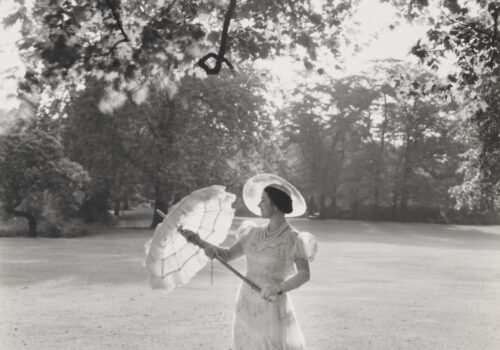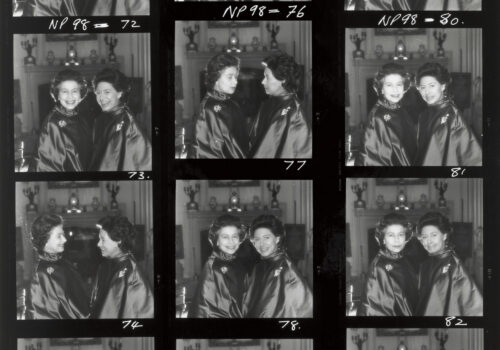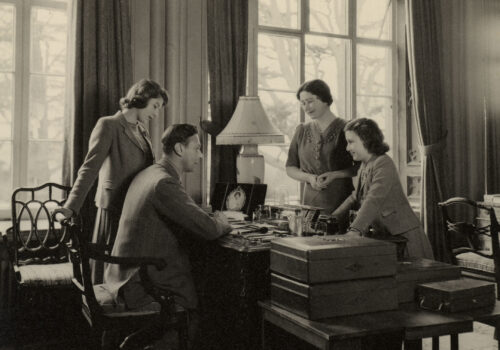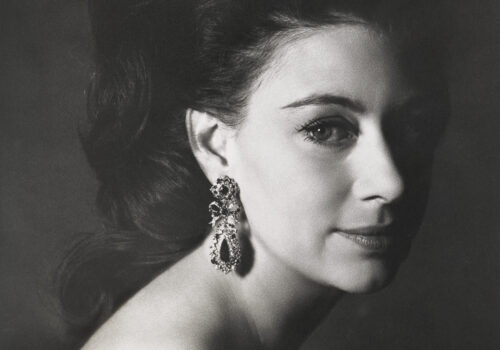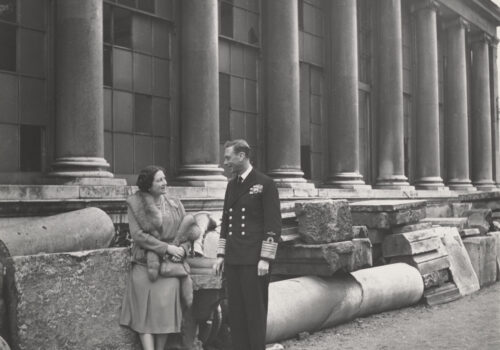More than 100 years of royal portraiture is explored in the new exhibition at The King’s Gallery, and Amy Hughes visited ahead of its opening on Friday 17 May.

© Royal Collection Trust / His Majesty King Charles III 2024
Opening to the public just days after the first official portrait of King Charles III was revealed, Royal Portraits: A Century of Photography charts the evolution of royal portraiture since the inception of photography in 1839. Royal portraits, whether painted or photographed, have documented the appearance and legacy of monarchy for centuries, connecting rulers with their people and playing a key role in public perception of the sovereign.
As you enter the first room, you’re greeted with a pair of images: one of Prince Albert and Lady Elizabeth bowed-Lyon, and another of their grandson, King Charles III. Separated by almost exactly a century, the two images encapsulate the theme of the exhibition and set the tone for the rooms that follow.
Through the ages
The first of the main exhibition room delves into photography of the 1920s and 1930s, exploring the rapid post-war transformations that happened across major European cities across fashion, trends and technology, and how these impacted photographic styles. Images taken by some of the era’s most famous photographers such as Yevonde, Dorothy Wilding and Cecil Beaton all feature, along with insights to each photographer’s way of working. Harlip, for example, was known to direct sitters with requests like ‘give me Rembrandt’, while Marcus Adam usually banned adults from his studio to make children more comfortable but made an exception for the then Duke and Duchess of York (later King and Queen) with a young Elizabeth and Margaret, capturing a simple family portrait before King George abdicated and the family’s lives changed forever.
Later, in the largest of the rooms, the introduction of colour photography and high resolution digital cameras is considered. Here, visitors can find a portrait of the late Queen Elizabeth II by Pop Art icon Andy Warhol, images of Princess Diana and a pair of images of Princess Anne and her daughter, Zara Tindall, taken by different photographers but still strikingly similar in their appearance. There are also four images of Queen Elizabeth II depicted in black robes, signifying her importance as an image of strength through turbulent times. Closing the exhibition is a selection of images by Hugo Burnand, including a Coronation portrait of the King surrounded by the next generations of future heirs, Prince William and Prince George, offering one final reminder of the deep familial bonds and public pageantry that co-exist with the British Royal Family.
While the Royal Family are the focus of much of the exhibition, the photographers themselves are also brought to the fore, with some figures including Cecil Beaton and Norman Parkinson having full sections devoted to their work. Between the final two larger rooms, there is a small display of photographs of photographers, taken by other renowned photographers, offering insights into their working practice, state of mind and personal relationships. Images by ‘celebrity’ photographers, including David Bailey, Terence Donovan and Lord Snowdon all appear.
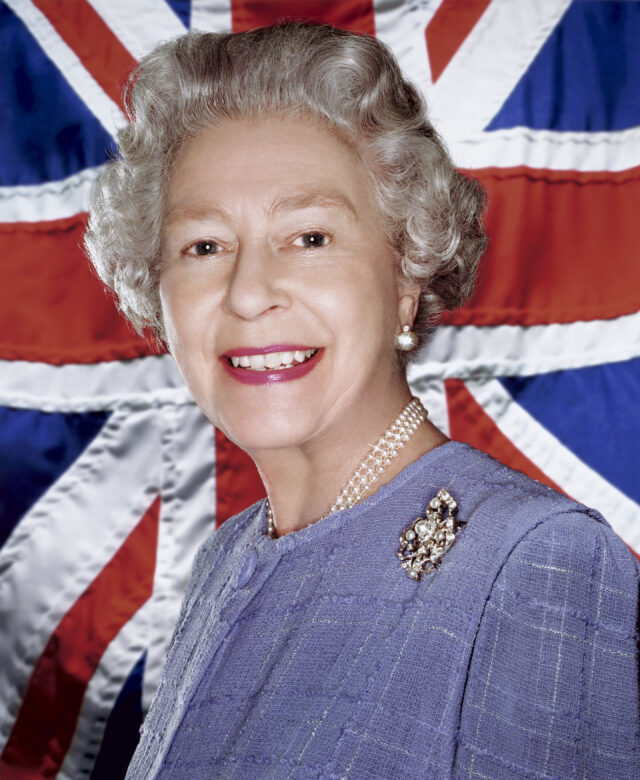
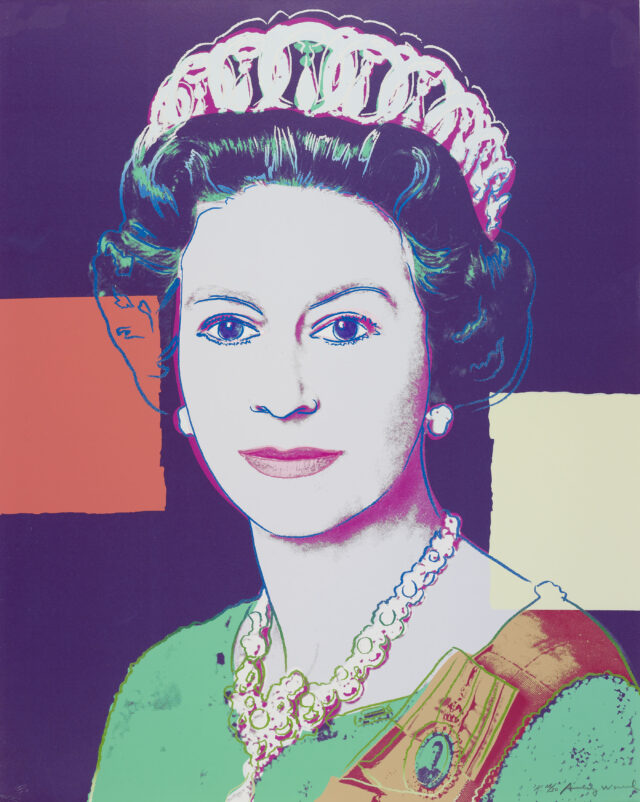

A three-pronged approach
The title of the exhibition seems, on the face of it, quite self-explanatory. However, the display goes far beyond an analysis of simple royal portrait photography. The challenges of finding the delicate balance between preserving the historic iconography of the Royal Family while also presenting them as a relatable family and also keeping up with trends are all considered and examined. The photographers, their styles, working methods and relationships with the Royal Family are the next mode of examination, and the evolution of photography and its influences are the final lens that visitors are encouraged to consider.
Whether you are a fan of the British Royal Family or not, the selection of images on display are striking examples of portrait photography through the ages. From the careful construction and hand-manipulation of glass plate camera images to modern-day photography and retouching, Royal Portraits offers a fascinating exploration of the evolution of photography as a whole, which is enough to intrigue any art lover or image maker. And for those interested in the Royal Family, this collection of more than 150 photographic prints, proofs and documents offers a unique insight into their world and the creation of some of the most iconic, and some lesser-known intimate, images.
Essential information
Dates: Friday 17 May-Sunday 6 October 2024
Address: The King’s Gallery, Buckingham Gate, SW1A 1AA. Adjacent to Buckingham Palace.
Nearest station: London Victoria, Green Park, St. James’s Park and Hyde Park Corner (all approximately 10 minutes walk)
Tickets: Adult £19; young person (18-24) £12; child (5-17) £9.50; under fives free
To book tickets, visit www.rct.uk

